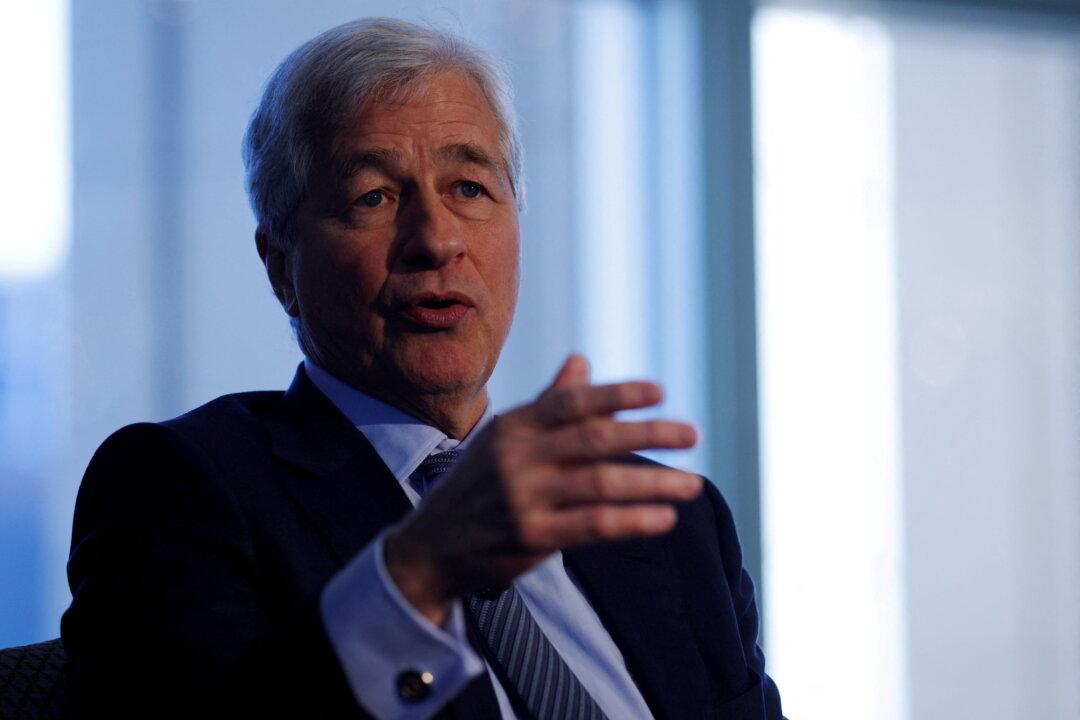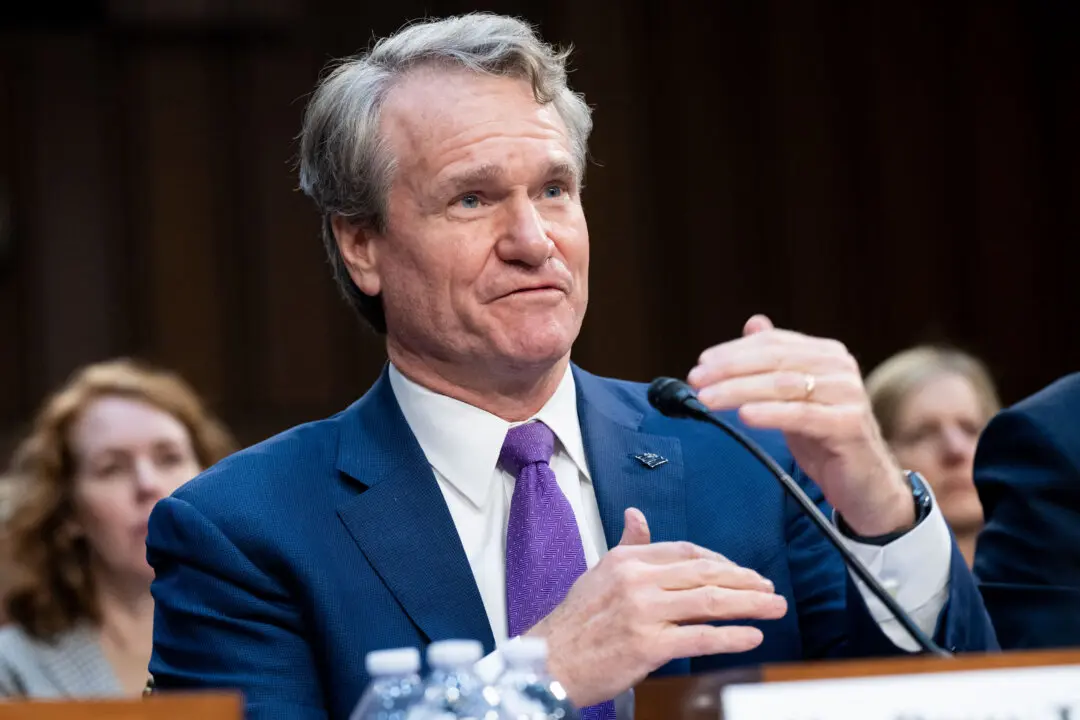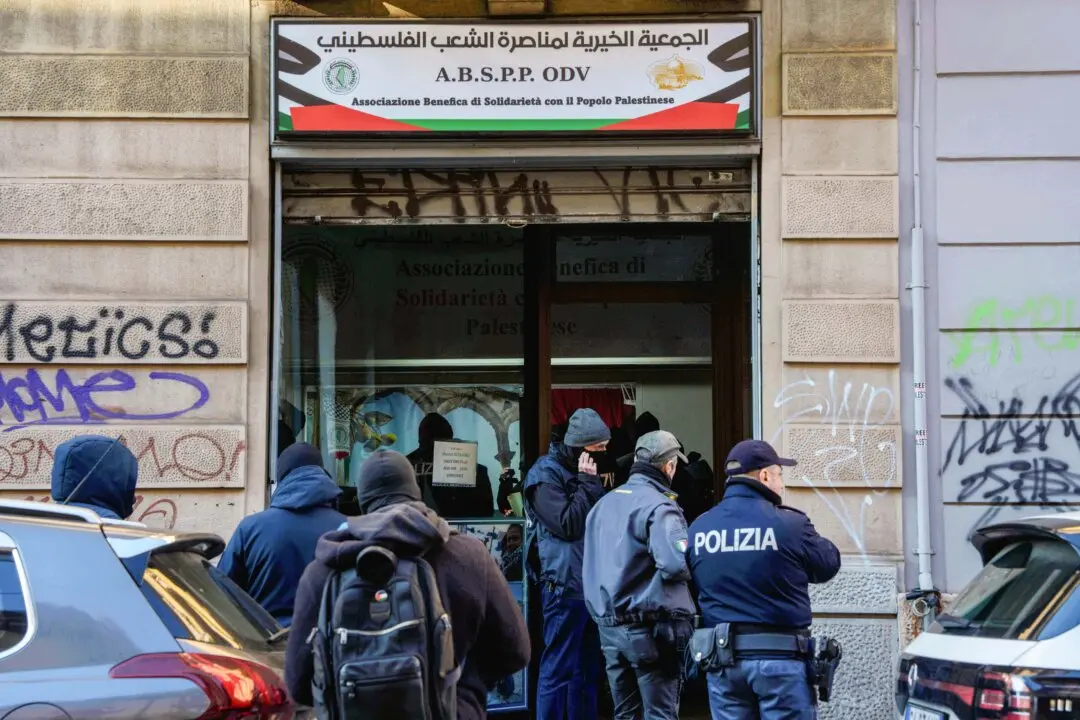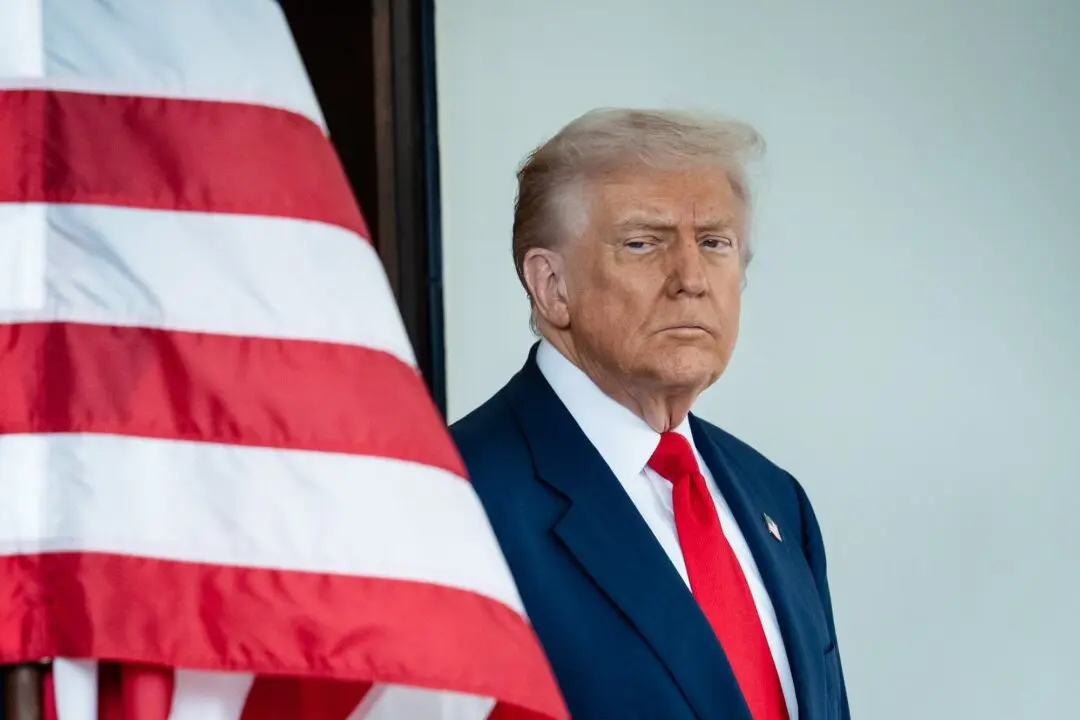JPMorgan Chase CEO Jamie Dimon said this week that a fate worse than recession for the U.S. economy—namely, stagflation—can’t be ruled out.
Speaking at the Council of Institutional Investors’ fall conference in New York City on Sept. 10, Dimon expressed concern about the possibility that stagflation—a detrimental mix of economic stagnation and inflation—could well be stalking the U.S. economy.





